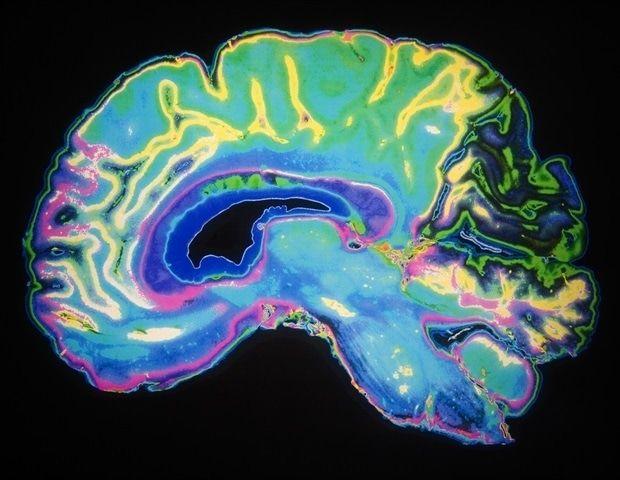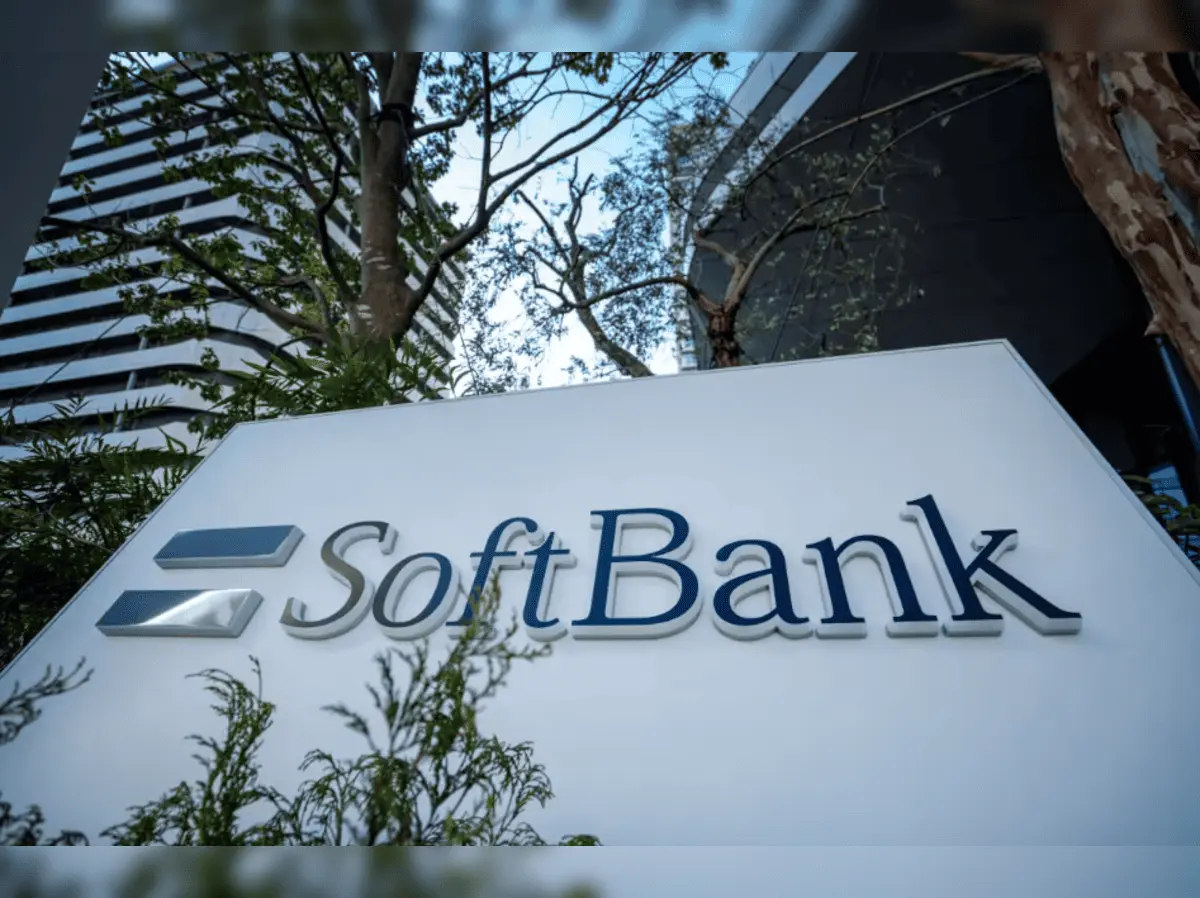Hybrid AI Approach Enhances Brain Imaging for Surgical Planning
2 Sources
2 Sources
[1]
Hybrid AI approach solves problems in tractography for brain surgery
University Hospital of Bonn (UKB)Feb 10 2025 What is tractography - and why is it important? The brain is a highly complex network of nerve cells interconnected by delicate pathways - known as nerve fibers or tracts. These connections are essential for movement, speech, thought, and many other functions. To visualize these structures, researchers use tractography, an imaging technique that calculates the course of nerve pathways based on specialized MRI scans. This information is particularly crucial for planning brain surgeries, such as those performed on epilepsy patients undergoing surgical intervention. Current tractography methods rely on mathematical models that infer the location of nerve pathways from MRI data. However, these methods often involve uncertainties, especially when the brain has been altered due to disease or surgery. This is where modern AI methods come into play: By leveraging machine learning, these systems can recognize patterns and generate more accurate reconstructions. AI-powered tractography shows potential - but also challenges In the study, the researchers tested a widely used AI method called TractSeg, originally trained on healthy brains. The team investigated whether it could also work for epilepsy patients who had undergone a hemispherotomy - a surgical procedure that disconnects the two hemispheres of the brain. The results showed that TractSeg performed well in many cases but also produced unexpected errors: It reconstructed nerve pathways that should no longer exist due to the surgery - a phenomenon known as "hallucination." At the same time, some remaining pathways were either incompletely captured or entirely missing from the reconstruction. A new hybrid approach for more accurate reconstructions To address these issues, the team developed a new hybrid method that combines the advantages of AI with the data fidelity of traditional techniques. This approach ensures that only existing nerve connections are reconstructed. The result: No more hallucinations, better detection of preserved pathways, and overall more accurate reconstructions - even in healthy brains. Prof. Dr. Thomas Schultz, Principal Investigator in the Life Sciences at the Lamarr Institute and a professor at the Institute for Computer Science at the University of Bonn, highlights the significance of this work: "Our study demonstrates both the potential and the limitations of AI-powered tractography in clinical applications. Combining AI with traditional methods offers a promising solution for more precise reconstructions, especially when dealing with patient data affected by pathological changes. Our goal is to further refine these approaches and make them applicable for neurosurgery in the long run." Funded by a TRA research award from the University of Bonn This publication is the result of a collaboration funded by the Modeling for Life and Health research award from the University of Bonn's Transdisciplinary Research Areas (TRA) Modeling and Life & Health. The project was conducted in partnership with PD Dr. Theodor Rüber, Principal Investigator of the Translational Neuroimaging Group and a neurologist at the UKB's Department of Neuroradiology. The University of Bonn's Transdisciplinary Research Areas (TRA) serve as innovation and exploration hubs in research and education, enabling scholars to collaborate across disciplines and faculties, as well as with external partners, to tackle key scientific, technological, and societal challenges. This first joint publication illustrates how the exchange between AI research and neuroscience can help advance medical procedures - offering direct benefits for patients. Additionally, the project was supported by the BNTrAinee program at the University of Bonn and the Neuro-aCSis Bonn Neuroscience Clinician Scientist Program. University Hospital of Bonn (UKB) Journal reference: Gruen, J., et al. (2025). Deep learning based tractography with TractSeg in patients with hemispherotomy: Evaluation and refinement. NeuroImage Clinical. doi.org/10.1016/j.nicl.2025.103738
[2]
AI enhances brain imaging -- optimizing tractography for surgical procedures
by Katrin Berkler, Fraunhofer-Institut für Intelligente Analyse- und Informationssysteme IAIS How can nerve pathways in the brain be visualized to improve the planning of complex surgeries? A research team from the Lamarr Institute and the University of Bonn, in collaboration with the Translational Neuroimaging Group at the Departments of Neuroradiology and Epileptology at the University Hospital Bonn (UKB), has investigated an AI-powered method that makes these reconstructions more precise. The study, recently published in NeuroImage: Clinical, could ultimately help make neurosurgical procedures safer. The brain is a highly complex network of nerve cells interconnected by delicate pathways -- known as nerve fibers or tracts. These connections are essential for movement, speech, thought, and many other functions. To visualize these structures, researchers use tractography, an imaging technique that calculates the course of nerve pathways based on specialized MRI scans. This information is particularly crucial for planning brain surgeries, such as those performed on epilepsy patients undergoing surgical intervention. Current tractography methods rely on mathematical models that infer the location of nerve pathways from MRI data. However, these methods often involve uncertainties, especially when the brain has been altered due to disease or surgery. This is where modern AI methods come into play: By leveraging machine learning, these systems can recognize patterns and generate more accurate reconstructions. AI-powered tractography shows potential, but also challenges In the study, the researchers tested a widely used AI method called TractSeg, originally trained on healthy brains. The team investigated whether it could also work for epilepsy patients who had undergone a hemispherotomy -- a surgical procedure that disconnects the two hemispheres of the brain. The results showed that TractSeg performed well in many cases but also produced unexpected errors: It reconstructed nerve pathways that should no longer exist due to the surgery -- a phenomenon known as "hallucination." At the same time, some remaining pathways were either incompletely captured or entirely missing from the reconstruction. A new hybrid approach for more accurate reconstructions To address these issues, the team developed a new hybrid method that combines the advantages of AI with the data fidelity of traditional techniques. This approach ensures that only existing nerve connections are reconstructed. The result: No more hallucinations, better detection of preserved pathways, and overall more accurate reconstructions -- even in healthy brains. Prof. Dr. Thomas Schultz, Principal Investigator in the Life Sciences at the Lamarr Institute and a professor at the Institute for Computer Science at the University of Bonn, stated, "Our study demonstrates both the potential and the limitations of AI-powered tractography in clinical applications. Combining AI with traditional methods offers a promising solution for more precise reconstructions, especially when dealing with patient data affected by pathological changes. "Our goal is to further refine these approaches and make them applicable for neurosurgery in the long run."
Share
Share
Copy Link
Researchers from the University of Bonn and the Lamarr Institute have developed a hybrid AI method that improves tractography, a crucial brain imaging technique for neurosurgery planning. This approach combines AI with traditional methods to provide more accurate reconstructions of nerve pathways in the brain.

Advancing Brain Imaging with AI for Surgical Precision
Researchers from the University of Bonn and the Lamarr Institute have made significant strides in improving tractography, a crucial brain imaging technique used for planning complex neurosurgeries. The team has developed a hybrid AI approach that enhances the accuracy of visualizing nerve pathways in the brain, potentially making neurosurgical procedures safer and more effective
1
2
.Understanding Tractography and Its Importance
Tractography is an imaging method that calculates the course of nerve pathways based on specialized MRI scans. These pathways, known as nerve fibers or tracts, form a complex network essential for various brain functions, including movement, speech, and thought. The technique is particularly vital for planning brain surgeries, such as those performed on epilepsy patients
1
.Challenges in Current Tractography Methods
Traditional tractography methods rely on mathematical models to infer the location of nerve pathways from MRI data. However, these approaches often involve uncertainties, especially when dealing with brains altered by disease or surgery. To address these limitations, researchers have turned to modern AI methods, which can recognize patterns and generate more accurate reconstructions
1
2
.Testing AI-Powered Tractography
The research team tested a widely used AI method called TractSeg, originally trained on healthy brains, to see if it could effectively work on epilepsy patients who had undergone hemispherotomy - a surgical procedure that disconnects the two brain hemispheres. While TractSeg performed well in many cases, it also produced unexpected errors
1
2
.Identifying AI Limitations
The study revealed two main issues with the AI-powered approach:
- Hallucinations: The AI reconstructed nerve pathways that should no longer exist due to surgery.
- Incomplete Reconstructions: Some remaining pathways were either partially captured or entirely missing from the reconstruction
1
2
.
Related Stories
Developing a Hybrid Solution
To overcome these challenges, the team created a new hybrid method that combines the advantages of AI with the data fidelity of traditional techniques. This approach ensures that only existing nerve connections are reconstructed, resulting in:
- Elimination of hallucinations
- Improved detection of preserved pathways
- Overall more accurate reconstructions, even in healthy brains
1
2
Future Implications and Research Direction
Prof. Dr. Thomas Schultz, Principal Investigator at the Lamarr Institute and professor at the University of Bonn, emphasized the significance of this work: "Our study demonstrates both the potential and the limitations of AI-powered tractography in clinical applications. Combining AI with traditional methods offers a promising solution for more precise reconstructions, especially when dealing with patient data affected by pathological changes"
1
.The research team aims to further refine these approaches and make them applicable for neurosurgery in the long run. This collaborative effort, funded by the University of Bonn's Transdisciplinary Research Areas (TRA) and supported by various programs, illustrates how the exchange between AI research and neuroscience can advance medical procedures and offer direct benefits for patients
1
2
.References
Summarized by
Navi
Related Stories
AI models achieve breakthrough accuracy in diagnosing brain tumors from MRI scans
08 Dec 2025•Health

AI-Enhanced MRI Technology Promises Improved Brain Disorder Diagnosis
15 Oct 2024•Health

AI-Powered NextBrain Atlas Creates Most Detailed 3D Map of Human Brain for Medical Imaging
05 Nov 2025•Science and Research

Recent Highlights
1
Google launches Gemini 3 Flash as default AI model, delivering speed with Pro-grade reasoning
Technology

2
OpenAI launches GPT Image 1.5 as AI image generator war with Google intensifies
Technology

3
OpenAI launches ChatGPT app store, opening doors for third-party developers to build AI-powered apps
Technology





